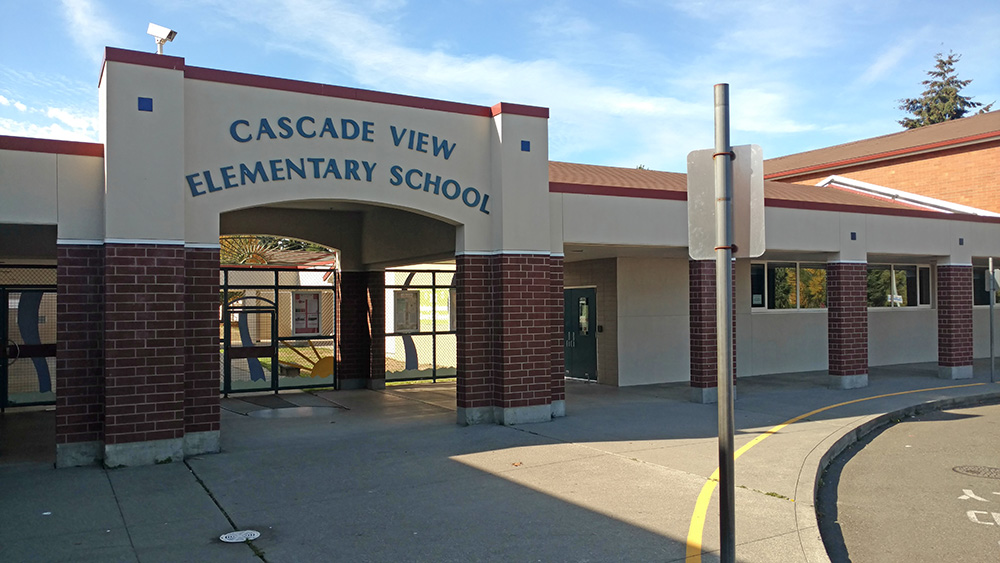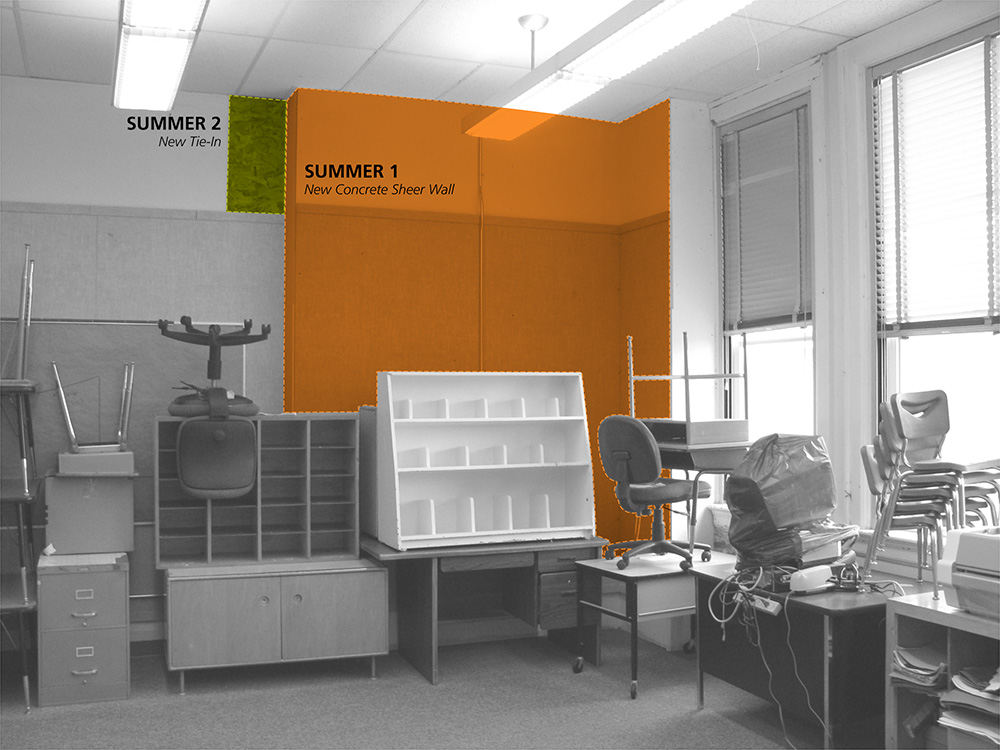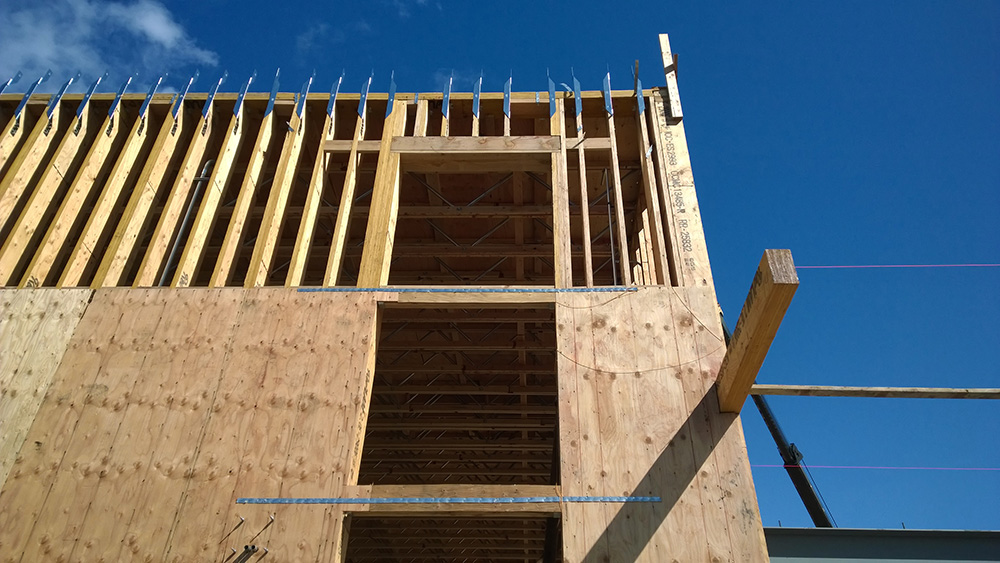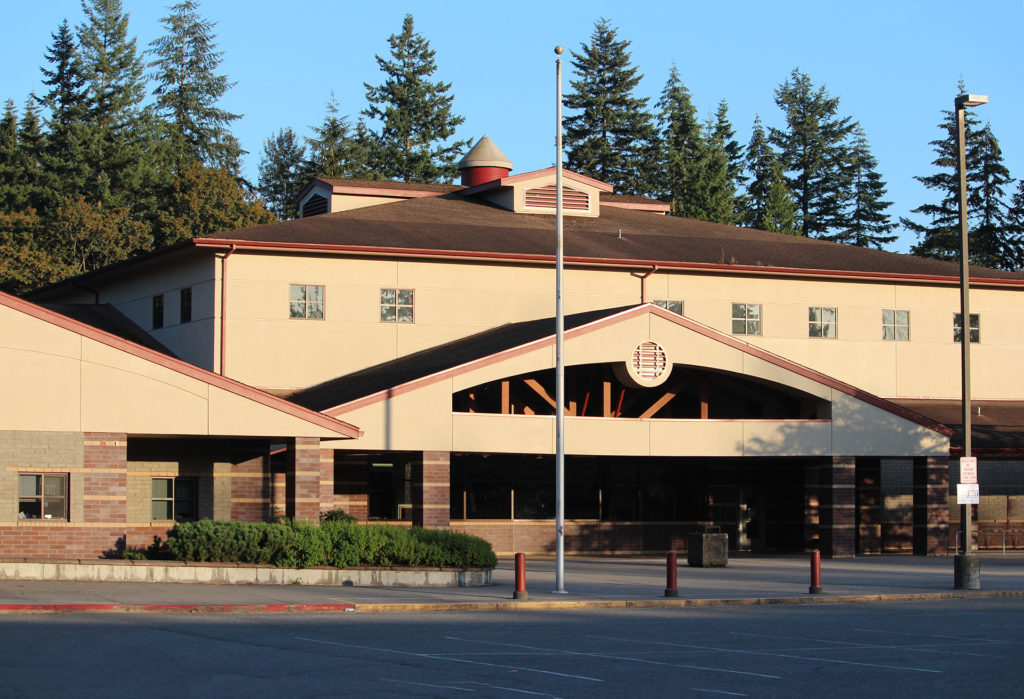Most of us remember the carefree days of summer. Even as summer was merely approaching, the pace of the school year began to decline weeks in advance, with classes that had fewer lessons and more videos. Everyone, from the students to the teachers, was looking forward to some time off. A few of the teachers probably thought a little bit about the school building, and how it was showing a bit more wear-and-tear than it had the previous fall. Perhaps a few more had wondered, and even asked, about the occasional contractor coming through the building to look, to measure, and to plan.
7 Weeks

Parents may find the summer too long, but the facilities department agrees with the kids: Summer is short. Almost too short. How long does it take to seismically upgrade a building? How long do you need to upgrade the entire heating and air-conditioning (HVAC) system? What about reroofing?
Seasonal Uncertainty
Everett Public School scheduled to finish on June 20 this year, but a date as late as June 23 was possible, with snow days. As it turns out, the actual date was June 22. It’s hard to plan for a moving target, but that’s what the construction crews need to do. Next, consider that teachers and school maintenance people need time to get ready. Add another week to let them move their things, and June 30 is roughly the first day that construction can start. Of course, that’s a Friday, and July 4th is the next Tuesday. So, Wednesday, July 5 is when a contractor can really get into things. The first day of the next school year is September 6, which is only 9 weeks after July 5, but you should subtract a couple of weeks to let the teachers and the district get moved back into the building. That process isn’t instant, and most teachers’ employment contracts ensure that they have some time that can’t be rushed.
What does that mean? It can mean a few things:
- Planning. Every construction project involves planning, but schools need more. Delays just don’t work. Have you ever heard the district call a parent to tell them that school isn’t ready and it might be a few more weeks? Not really an option. In practice, the contractor will get to work months ahead of time – planning and measuring. If it takes 8 weeks to get an elevator or a big HVAC unit, they must be ordered well before the summer starts. Schools getting out around 3pm each day is helpful, because that gives the contractor a few hours each afternoon to walk the site, measure, and even to pre-position equipment in the attic or store room. They need to think of what can be done to literally hit the ground running.
- Phasing. If something just can’t be fit into 7 weeks, can it be split into two summers? That’s what Bellingham School did for two of their buildings: Columbia Elementary and Larrabee Elementary. The team identified pieces of work that could be done in the first summer, looked reasonably-complete when partly-done, and then finished in the second summer. This might mean doing two floors the first summer and the third floor and the gym the second summer. It might mean doing the gyms and covered play structure one year, and the classrooms the next. Finding a logical division that leaves the project phased and the school safe in the interim is key.

Done for summer #1. The orange overlay shows a new concrete shear wall done in summer 1. The green overlay area is a tie-in that awaits summer #2. - Design. As a designer, I understand the construction that can happen in seven weeks doesn’t come without a good design. Part of the bounds of the project might be set based on what can be accomplished. If it’s too much, then it might be better to move pieces into a future project. This doesn’t have to push things down, though. Design can also mean recognizing that a seismic upgrade will require finishes and wiring to be removed, and take advantage of the schedule to update the school’s wall finishes and electrical systems. If you have the budget, and you have the opportunity, it can be a good time to seize it. Finally, practical design is good. Complex approaches that put schedule at risk have their place in some projects, but probably not in school summer schedule work.
- Flexibility. The best life lesson is to be flexible. It works in general, and it works for summer construction. Example: What happens when, three weeks from completion, the contractor calls and says that they couldn’t get a steel tie-down strap that they need for another two weeks? Sure, they should have ordered it earlier. They could have, but they didn’t expect that their supplier would have run out; they need 600 and only 200 are in-stock. It’s not a design issue. Still, if you want the project to succeed (hint: you do), then that doesn’t matter. You help them change your really clever detail to use a different strap that they can get immediately. Maybe you even create two or three different details with different types of straps, just to be sure that they can get enough. That’s the flexibility that summer construction requires. Better to call it teamwork.

Straps need to be stiff, but their detailing can be flexible.
Summer can be the hardest time of year for a school contractor. That first day of school in the fall is on the calendar and it won’t change. The whole team needs to plan ahead, stay on track, and work together when challenges arise.
If everyone does their job right, the teachers will notice the new HVAC controls on the wall. They will notice the newly painted wall (but don’t see the new earthquake-resistant framing behind it). What they won’t notice is all the hard work behind it. They won’t notice if the team did their job right. Are the teams who work on these projects unsung heroes? Yes, that is probably a little too strong, but summer construction is tough. It’s a challenge we are happy to take on and the safety and comfort of the children is all the thanks we need.



